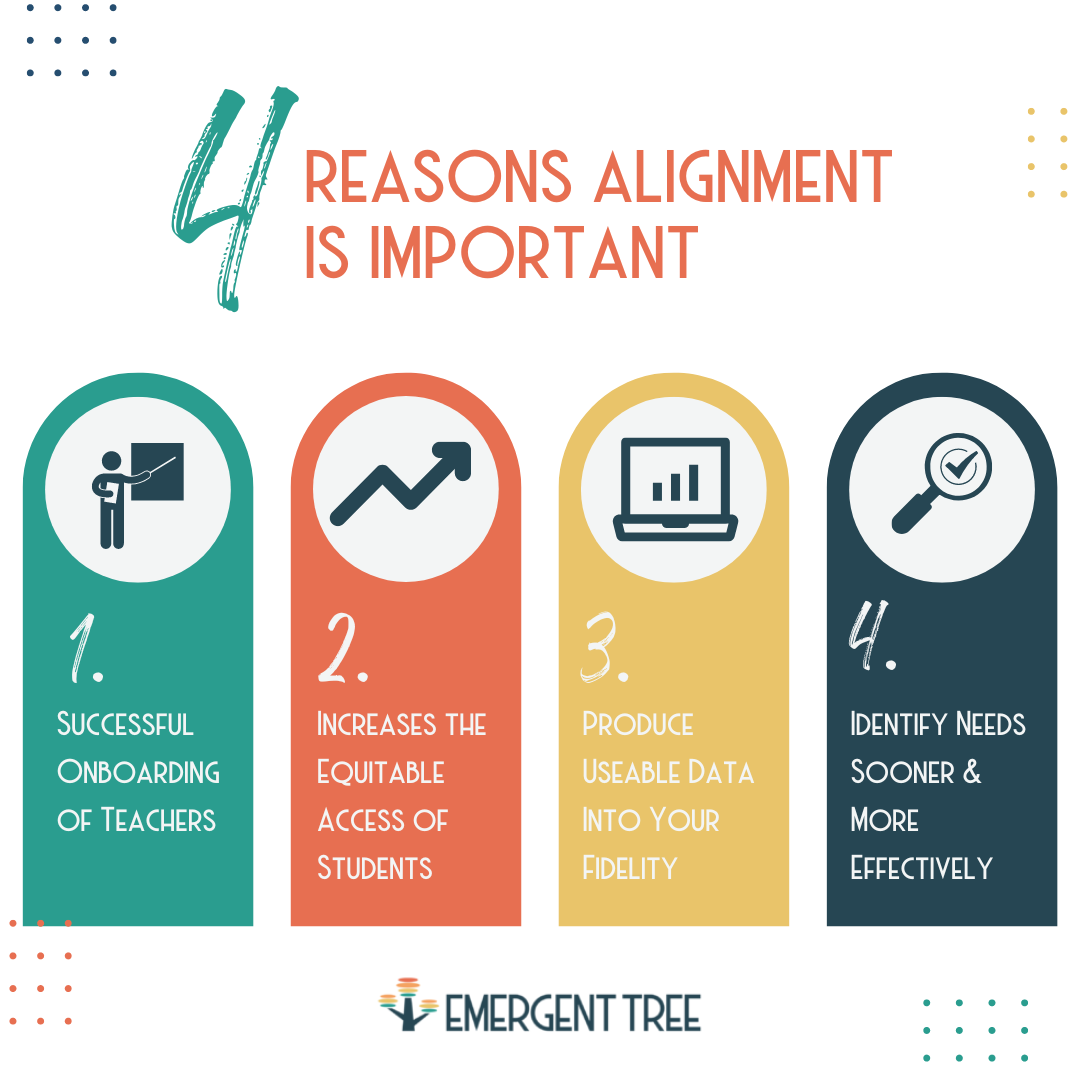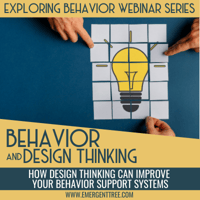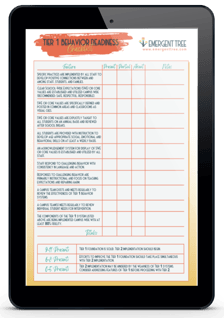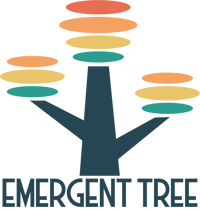Multi-Tiered Systems of Support…we live and breathe this in our worlds. We have a structure for reading, physical education, math, etc. But, when it comes to behavior support, are we building this same kind of structure? Sometimes we find ourselves responding to behavior as it occurs - putting out fires and hopping from crisis to crisis. What if we were more proactive?
What if instead of waiting for our students to struggle with behavior, we identified, responded, and measured impact/outcomes as a part of our ongoing routines?
What would creating an aligned, preventative behavior support system look like?
Before implementation, we have to focus on design. Much like lesson planning, we can work backward from our goal. What are the outcomes we want to change? What are current practices that are impeding our goal? And what are the changes or additions that we need to make to change our current outcomes? Before we can work on professional learning and coaching, we must have a clearly articulated system to anchor to. Here are the foundational elements to look at for each Tier:
- TIER 1: What common supports are needed for everyone (social, emotional, and behavioral learning)? For example, we often use a common set of behaviors: “Be Safe. Be Respectful. Be Responsible.” These behaviors can be clearly defined and aligned regardless of the student’s age. Our initial teaching, feedback for the use of skill (acknowledgments), feedback for non-mastery of skill (corrections), and student identification can be connected to this common language. The goal is that 85% of students would be successful in this Tier.
- TIER 2: Some students often need additional support for a certain amount of time to get caught back up. This could be additional teaching, practice, encouragement, etc., to help them. Further intervention at Tier 2 should anchor to the practices already occurring at Tier 1 but add to the duration of support, alter the size of student groups, or even change up the method of instruction. Simplicity is key to ensuring that Tier 2 interventions can easily be integrated into typical classroom practices regardless of teacher expertise or experience with behavior interventions. Simple, common practices that replicate across classrooms and students (standard protocol approaches) are essential to maintaining alignment to Tier 1 practice AND across all classrooms.
- TIER 3: Some situations require more in-depth support in a long-term setting to bring them up to speed. These students might have some significant behavior needs due to various reasons (disability, history of trauma, etc.), which require more time and expertise to help them work through their support system. At Tier 3, we individualize our interventions based on the function of behavior. This might require increased investigation and data collection. Plus, more collaboration of student personnel may be necessary to design the set of interventions that will best address each student’s need.
Ask yourself…
Are you being intentional and strategic in designing practices that will be implemented in all classrooms - is the whole campus in alignment?
Different people often work throughout the tiers - do you have overlapping participation and knowledge in your teams that can support communication across the tiers eliminating confusion?
Is everyone working together in the words they use, the processes they are implementing, and the metrics they are tracking?
Are we using our data to determine where we could be more effective or increase efficiency to guide the ongoing refinement of our multi-tiered system design?
Something to Remember…
Always anchor to simplicity in your design. A system with fewer supports implemented at high fidelity is better than a complex but comprehensive system implemented at low fidelity. We can always add to our systems as staff becomes proficient. But starting too complex can reduce impact and therefore drop buy-in from staff.

Why is alignment important?
- Successful Onboarding of Teachers
Aligning your systems helps new teachers (either to your campus or the teaching profession) to onboard and become competent and confident because they have something to align to. They aren’t on their own. Neighboring teachers provide common suggestions and feedback instead of bombarding new staff with various ideas that vary in doability and effectiveness. Your team of teachers has something to work through instead of having to figure things out on their own. - Increases the Equitable Access of Students
The alignment of systems creates equitable access to effective practice for every student. Access to evidence-based social, emotional, and behavioral supports doesn’t depend on the campus a student might attend or the class they may have been assigned because all staff is engaging in similar practices each day. - Produce Useable Data Into Your Fidelity
When we’re all working towards the same goals, it makes measuring results much easier and more consistent. Data collection practices are clearly defined. Movement in the same direction allows you to see successes, challenges and needs clearly through a defined system. - Identify Needs Sooner & More Effectively
Student identification is often inaccurate and disproportionate without alignment and structure at each Tier. Delayed identification prolongs disruption to instruction and reduces the effectiveness of even the best interventions. Through an aligned system, we can do intervention early and better, so students don’t struggle long, and teachers feel supported through each step.
The key to alignment starts with intentional design. What are the necessary components for an effective multi-tiered system of support? What components do you have, and what components are missing? Once the design is firm, ask what steps are needed to train and coach all stakeholders, plus measure implementation. And finally - what does our data indicate we need to refine each year to continue to improve or respond to new factors?
Here are some examples of aligned interventions that can be used across the board:
- Feedback Loop - through specific and frequent feedback, staff can guide students to reflect on actions and evaluate their use of behavioral skills and strategies.
- Check In Check Out - provides students with a positive connection, skill practice, goal-setting, and guided reflection daily.
As your campus becomes more aligned, you’ll see a common thread run through your teachers as they collaborate and speak a common language. This will give them a greater focus on the right interventions and be able to make a more significant impact on all of their students.
Ready to do a readiness check to see where you are at with Tier 1 behavior alignment? Download an easy checklist to help guide you.
If you’re ready to take your learning to the next level, here are a couple more of our resources to help you out:
 Free Webinar: Behavior and Design Thinking
Free Webinar: Behavior and Design Thinking
 Course: Laying the Groundwork
Course: Laying the Groundwork




Comments